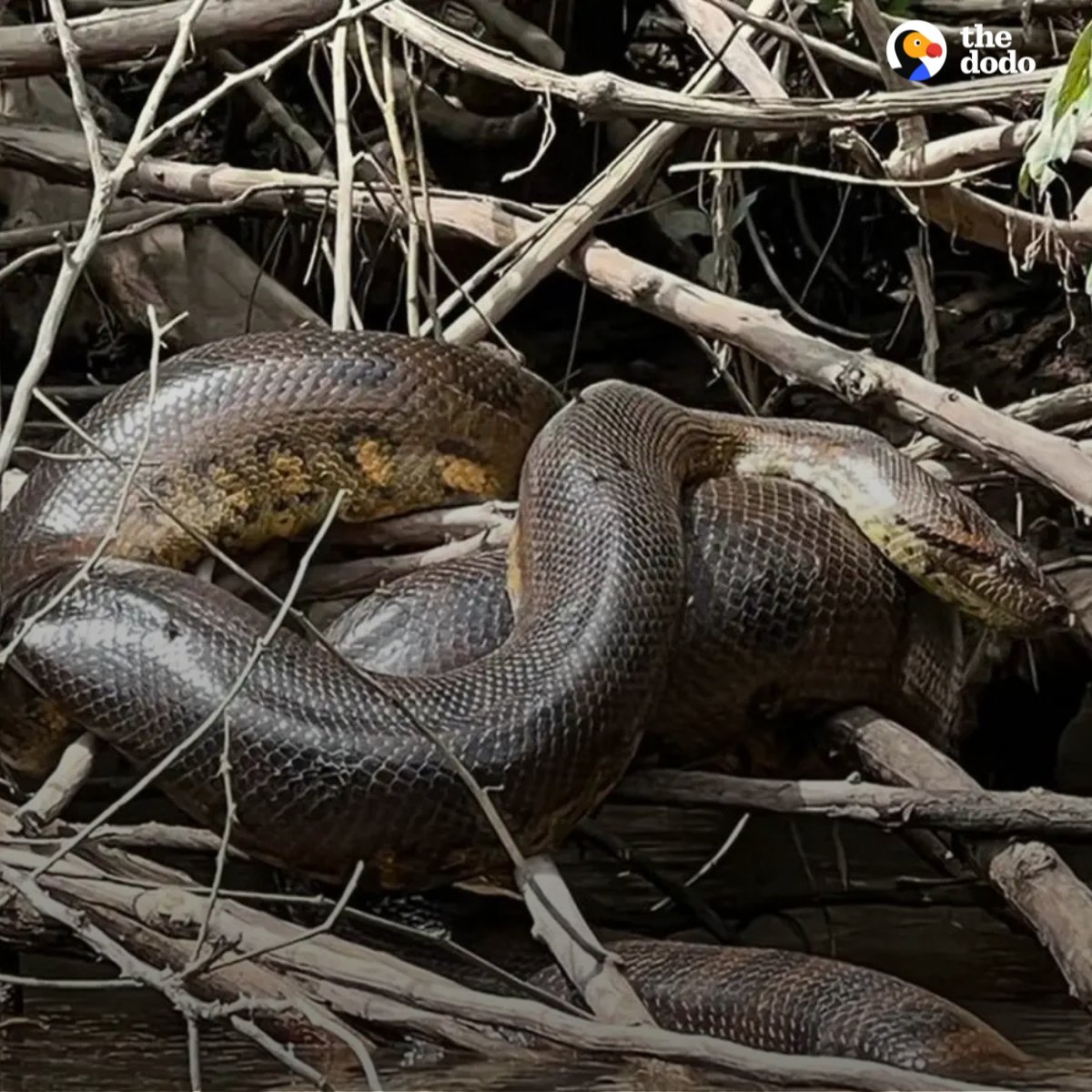She’s over 20 feet long 😳
When one thinks about the kinds of discoveries that are usually made on a TV set, what probably comes to mind are new camera angles or new acting techniques. A few months ago, though, during the filming of “Pole to Pole with Will Smith,” scientists made an unexpected discovery: a previously undocumented snake species.
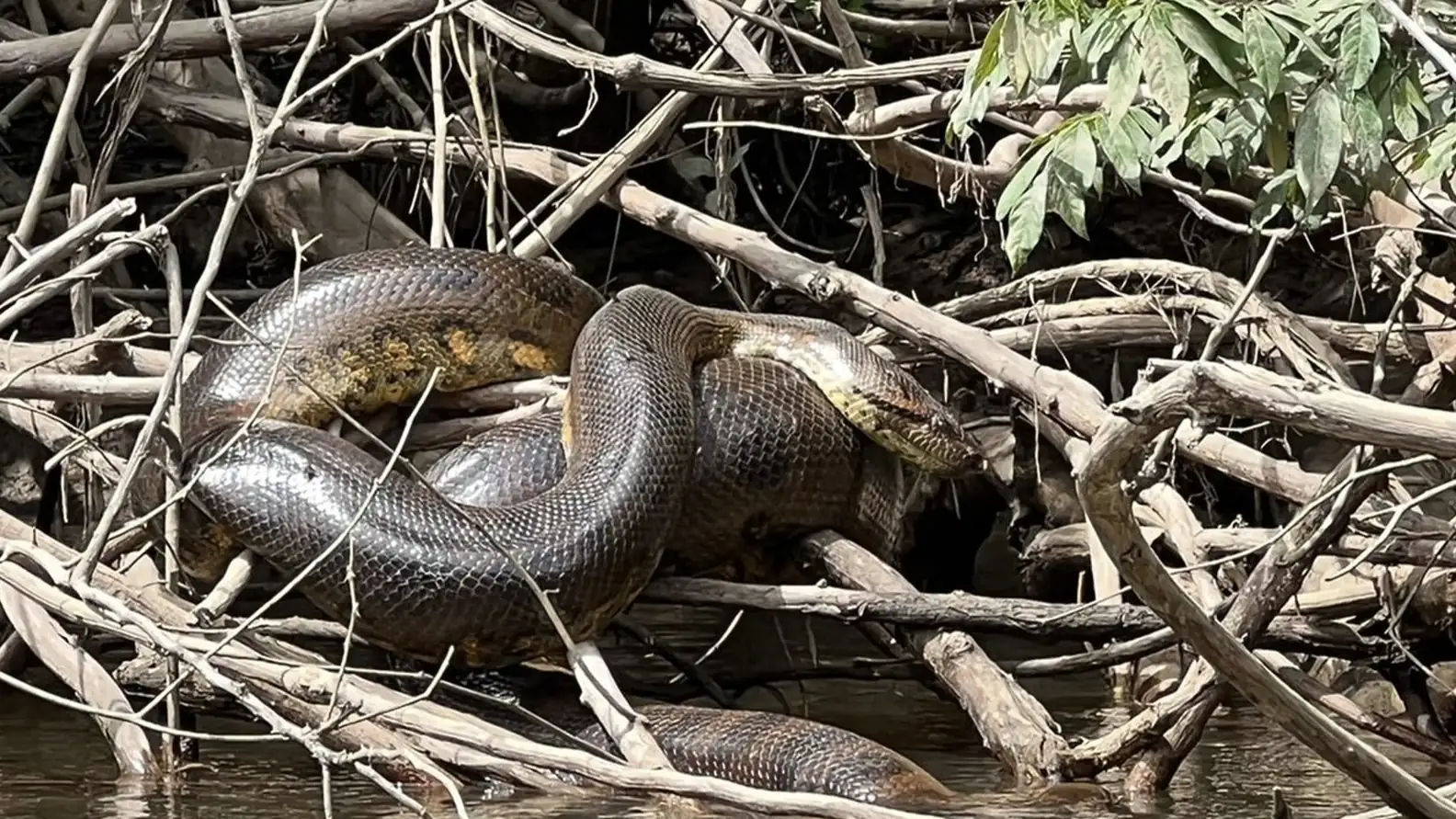
“Pole to Pole” will cover Smith’s journey across each one of Earth’s biomes. For the show’s segment on the tropical forest biome, Smith will be depicted exploring the Amazon rainforest. As part of the research component of the show, a team of scientists led by University of Queensland professor Bryan Fry were invited by the Waorani people to explore the Amazon’s northern basin.
The scientists collected samples from the anacondas living in the region, who were rumored to be the largest in the world. When they examined the genetic material of the snakes, they were stunned to find that they were actually a completely undocumented species.
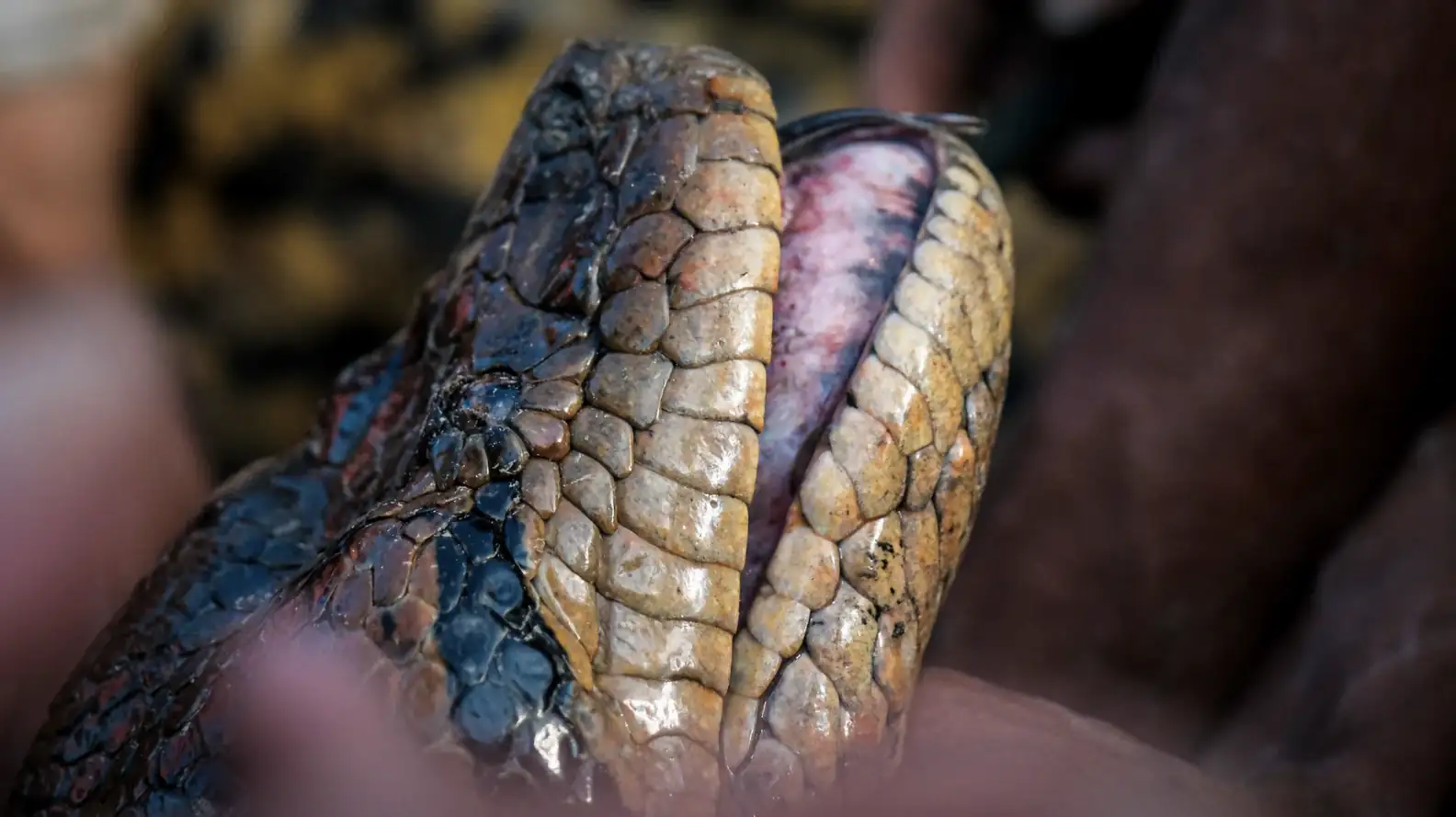
They named the snake the northern green anaconda, who turned out to differ genetically by 5.5 percent from the southern green anaconda.
“It’s quite significant — to put it in perspective, humans differ from chimpanzees by only about 2 [percent],” Fry said in a press release.
The northern green anaconda has officially been deemed the largest species of anaconda in the world.
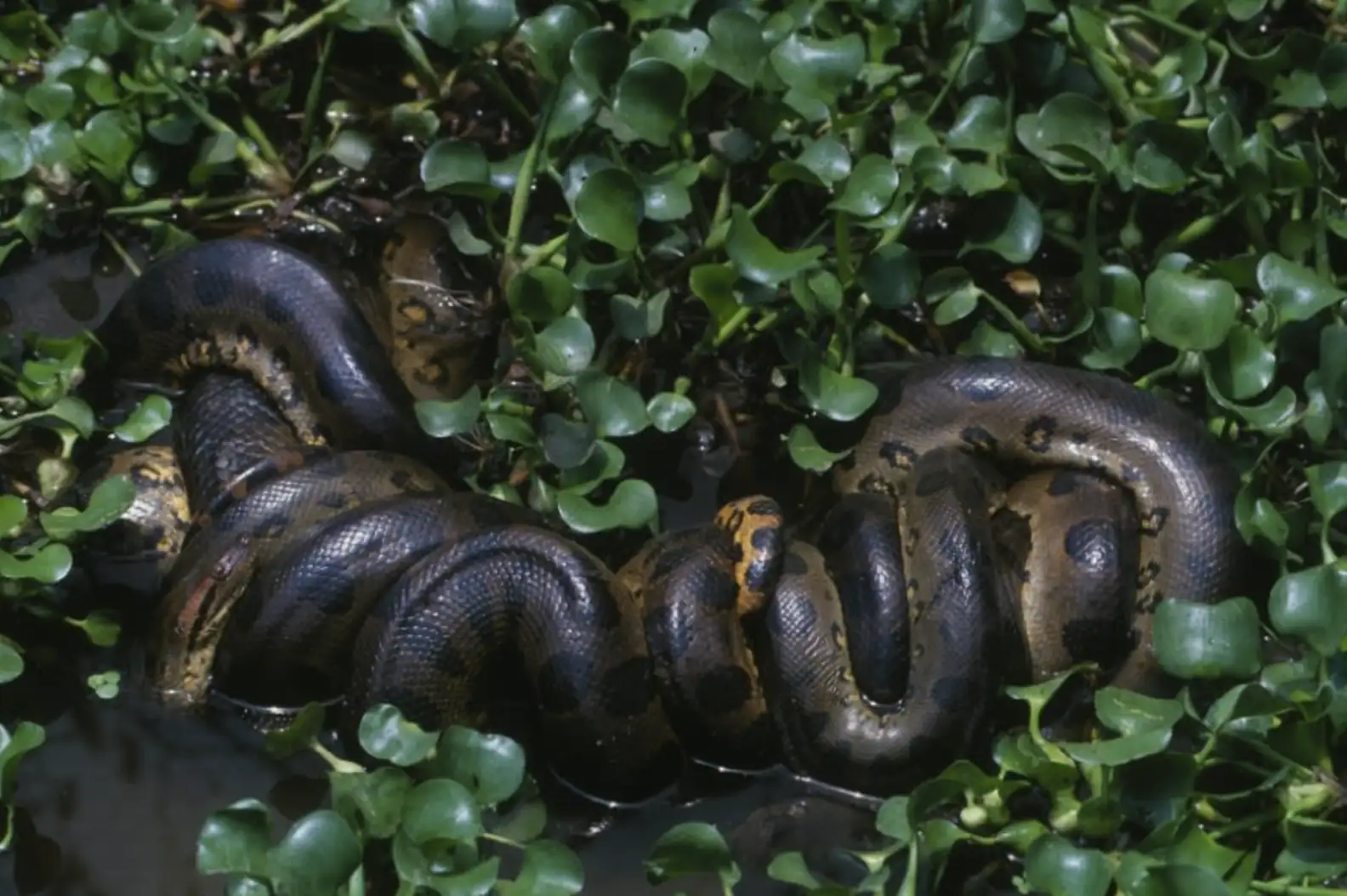
“The size of these magnificent creatures was incredible — one female anaconda we encountered measured an astounding [20.67 feet] long,” Fry said. “There are anecdotal reports from the Waorani people of other anacondas in the area measuring more than [24.6 feet] long and weighing around [1,102.3 pounds].”
The documentation of this species serves as another reminder of the importance of preserving the Amazon.
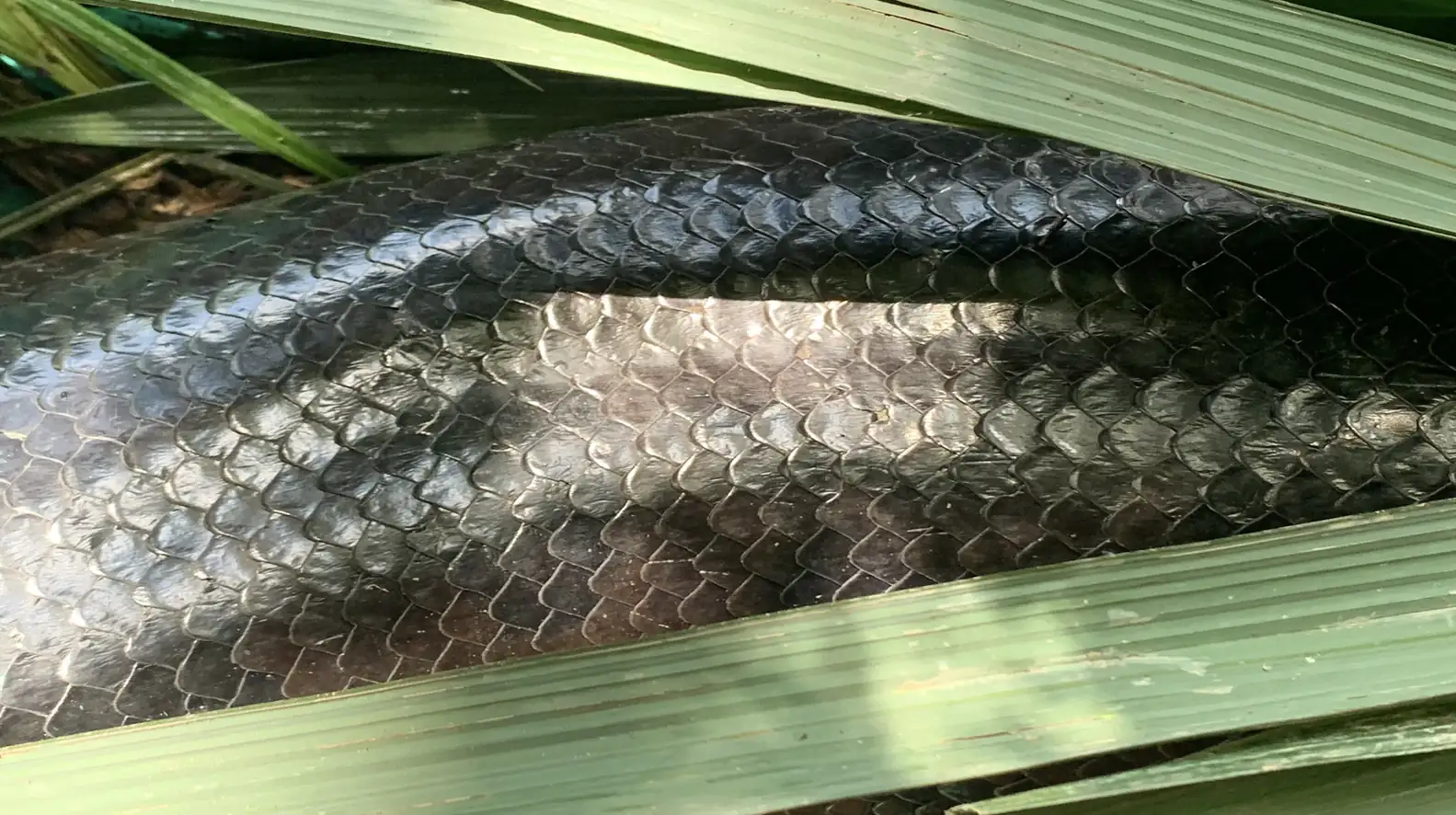
“The discovery of a new species of anaconda is exciting, but it is critical to highlight the urgent need to further research these threatened species and ecosystems,” Fry said.
Some of the challenges northern green anacondas are facing include deforestation, climate change and drought.
Hopefully, once “Pole to Pole” is released, some more light will be shed on these “magnificent creatures” and how to make sure they’re protected.
